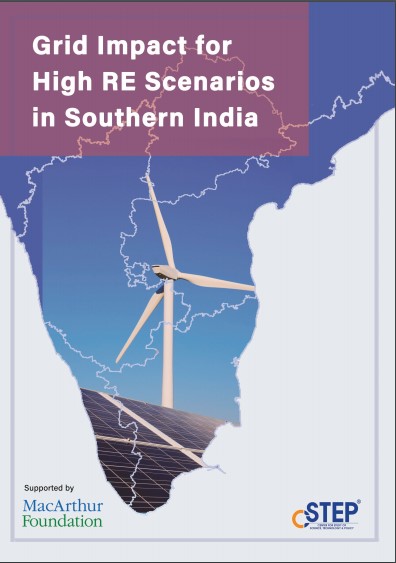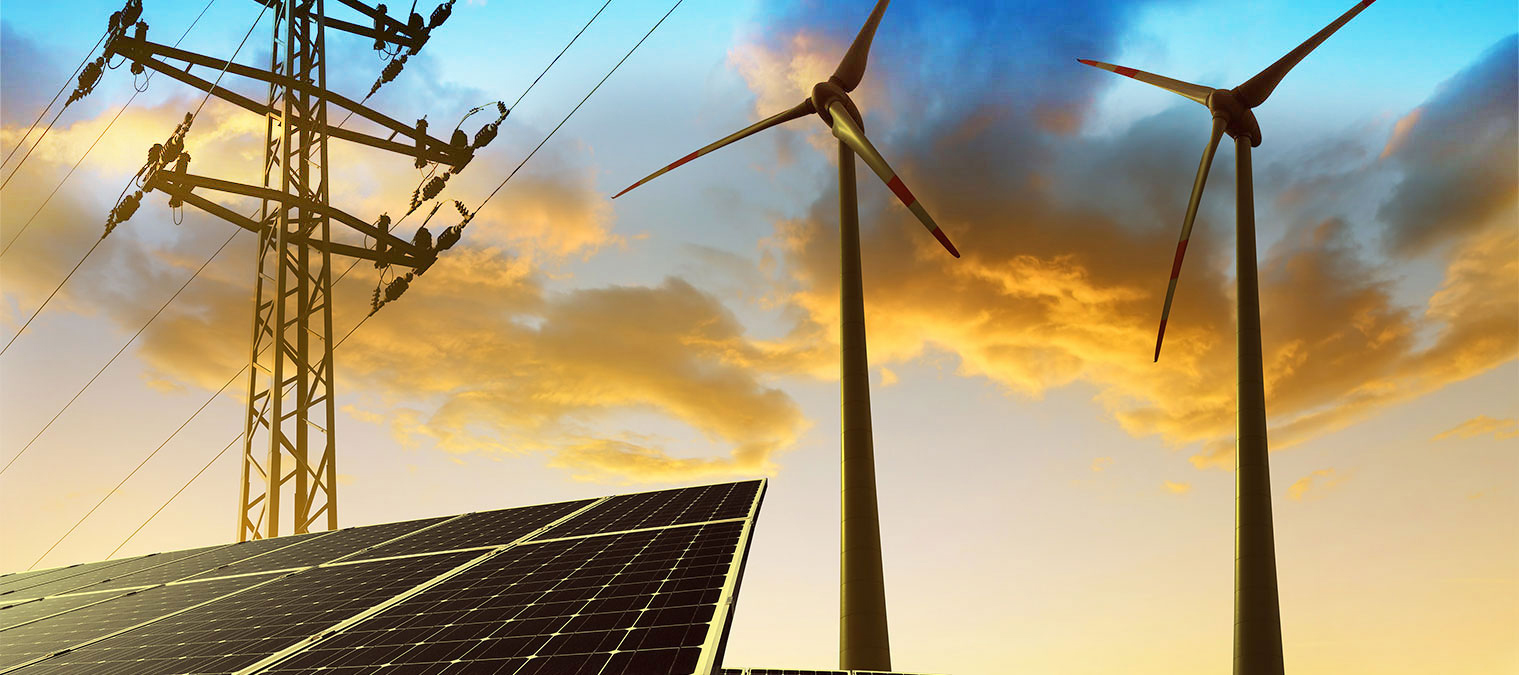The Southern Region (SR) leads renewable energy (RE) deployment in India, having an installed capacity of about 43 GW as of December 2020. Recognising the immense RE potential of this region, the Ministry of New and Renewable Energy (MNRE), Government of India, has set an ambitious RE target of 59 GW for SR by 2022. However, the implications of injecting this additional power into the grid have to be understood. Because of the intermittent nature of renewables-based power, grid integration of RE has distinct technical implications. Thus, detailed transmission planning and flexible operation of generation sources are needed to ensure reliable power supply.
To address this, the Center for Study of Science, Technology and Policy (CSTEP) conducted a multistep RE planning study, involving a comprehensive examination of the power-transfer capacity of the existing and upcoming transmission network. Our objective was to evaluate the implications of integrating large amounts of renewables-based power into the grid. The first step was to identify the current and potential RE zones (solar and wind only) in different southern states, considering resource availability and factors such as proximity to the grid infrastructure. This was followed by generating solar and wind profiles for both existing and potential solar and wind farms.

Tune into CSTEP's podcast on this report here:
https://soundcloud.com/user-346178599/quotes-notes-the-green-side/s-IPz0eWgfBhl
